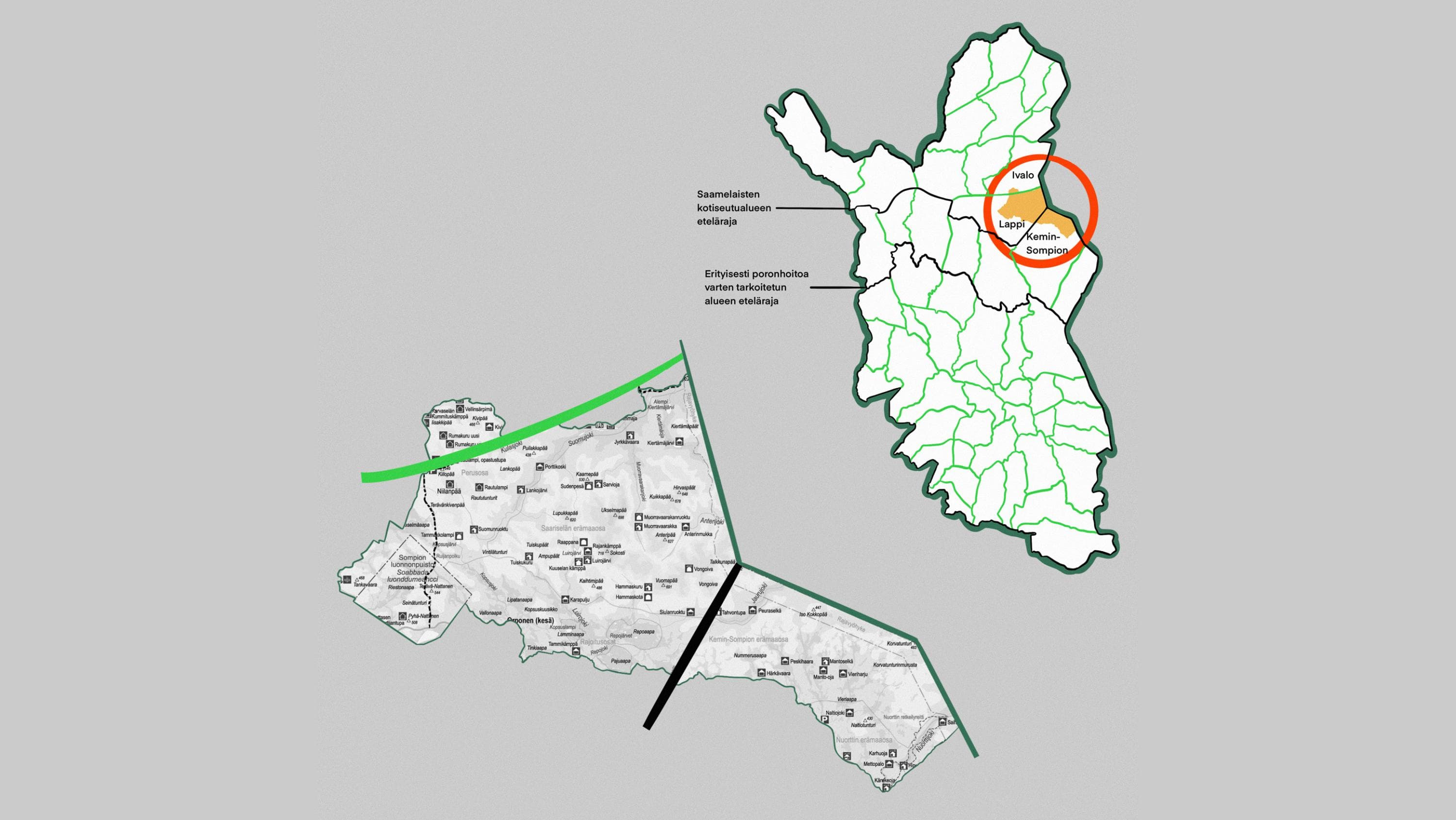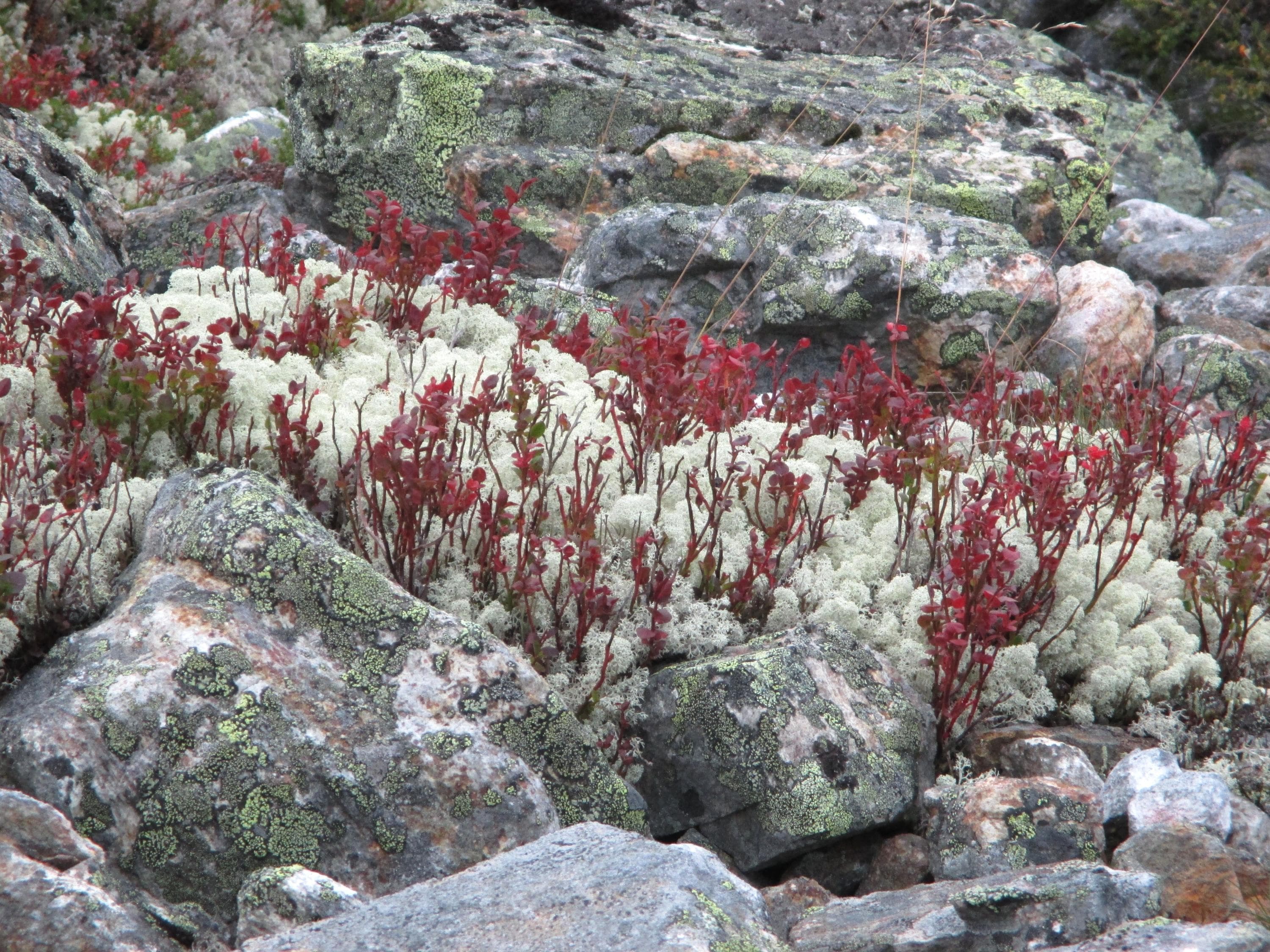Reindeer herding is a traditional livelihood.
Reindeer herding, with its rich culture and ancient traditions, remains an important source of livelihood for the local population. There are many buildings and structures from different periods in the Urho Kekkonen National Park standing as concrete signs of this northern way of life.
Reindeer from three herding cooperatives in Urho Kekkonen National Park
There are three different reindeer herding cooperatives in the Urho Kekkonen National Park. The biggest part of the nationalpark belongs to the Lappi reindeer herding cooperative. Especially there are in the national park good winter grazing areas. The Saariselkä fell region is an important calving area for the Ivalo reindeer herding cooperative. The southeastern part of the national park provides winter pastures for the Kemi-Sompio reindeer herding cooperative, which is the largest in Finland.

The life of a reindeer is determined by the grazing cycle
Reindeer is adapted to northern conditions and it is able to find its food on natural pastures. Reindeer feeds on different plant species, depending on the time of the year. In summer it eats green leaves, sedges, hay and grass. In autumn, it eats mushrooms, which are an important source of nutrients as the animals prepare for the winter. During the winter months, reindeer mainly feed on lichens.
Steering the grazing cycle allows sustainable use of the natural pastures. In the Urho Kekkonen National Park, reindeer are only released to good winter pastures after the end of the growing season. They spend the summer months in mires and on riversides, feeding on green plants.

In Autumn
Reindeer are particularly impressive-looking in the autumn, after their have grown themselves a new winter fur and antlers. Adult male reindeers (called “hirvas”) carry the biggest antlers. Males need the antlers during the mating season when battling for access to females.
Earmarking in summer
Earmarking of the calves keeps reindeer herders busy for about two weeks each summer. Using a sharp knife, they mark the calves born in May and June with the same marks as their mothers. The earmark shows who owns the reindeer. Girls carrying a “suivakkovasa” (a light-coloured calf) for earmarking.
Roundup season
End of September/beginning of October starts the roundup season. Falling on the coldest and darkest time of the year, it is the busiest period in the calendar of a reindeer herder and continues until the early part of the new year. In the roundup, all reindeer are counted, the reindeer destined for slaughter are separated from the rest and the remaining animals are released to their winter pastures.